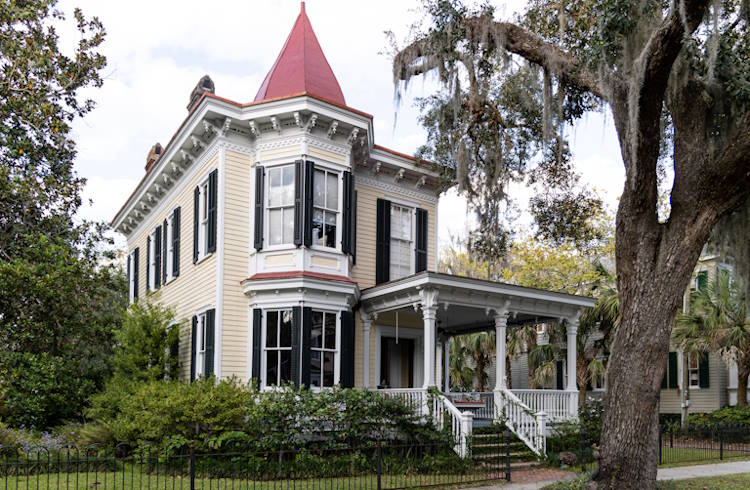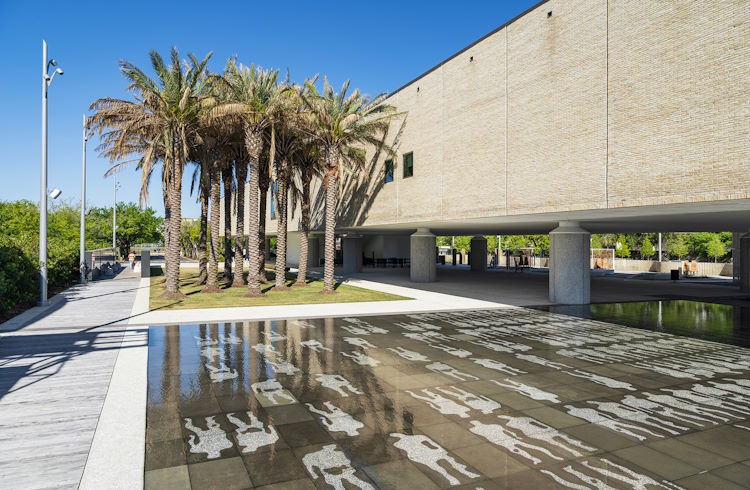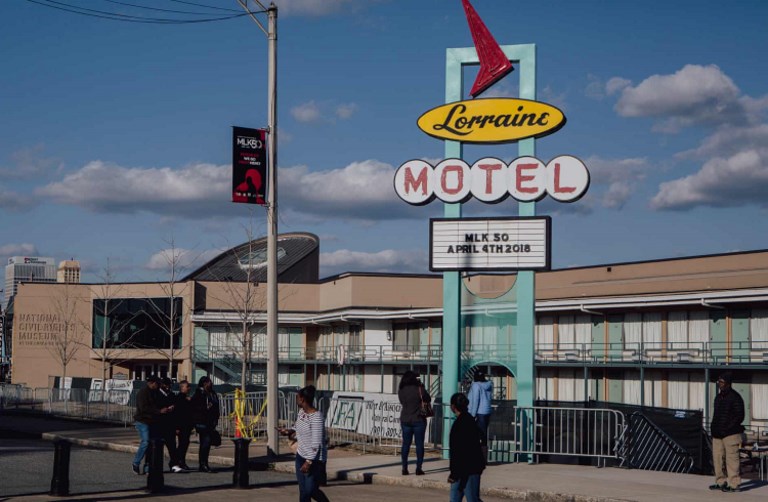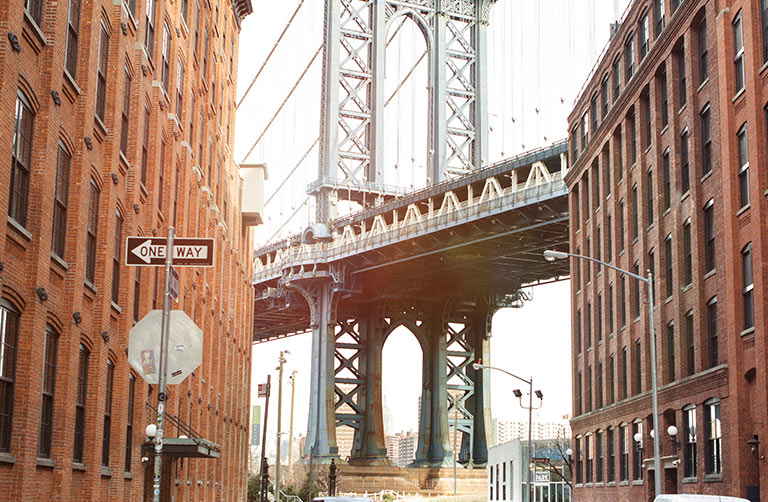Charleston, South Carolina: 4 Reasons to Visit Now
There’s more to this historic Southern city than pastel houses and antebellum charm. Get to know the other sides of Charleston: visit the brand new International African American Museum, paddle the ACE basin wetlands, or check out the vibrant food and art scenes.
 Photo © Joe Furey
Photo © Joe Furey
Founded in 1670, Charleston, South Carolina, is America’s 11th oldest city – it has seen the nation take shape, tear itself apart, rebuild and reckon with its history. It offers a window into the United States’ tumultuous past, but it has gone to great pains to ensure that its future is happier.
The charms of “Chucktown” are well documented – horse-drawn carriages clip-clopping across downtown cobbles; live oaks draped with Spanish moss; blonde beaches and championship golf courses – so I figured I’d take a look at those lesser-known aspects of the city that will help strangers really understand it, and illustrate how it’s found a way to move forward by going back.
- Fort Moultrie and the International African American Museum
- Charleston’s food scene and dishes to try
- Mother nature, father history
- Charleston’s art scene
Fort Moultrie and the International African American Museum
At Fort Moultrie, on Sullivan’s Island at the mouth of Charleston harbor (where the first shots of the Civil War were fired), a memorial bench donated by the Toni Morrison Society remembers the 14 million Africans who were sold into slavery in the Americas and the Caribbean (about a million of whom were shipped to North America) and the two million who died during the Middle Passage, the brutal trans-Atlantic journey from West Africa.
Charleston was the first point of entry to North America for about 40 percent of the Africans who were enslaved there. Frankly, it’s an outrage that Sullivan’s Island isn’t as well-known as Ellis Island in New York.
I attended Toni Morrison’s unveiling of the bench in 2008. The writer gave a speech, saying, “It’s never too late to honor the dead, and it’s never too late to applaud the living who do them honor.”
So, I’m delighted that, after 20 years of planning and $100 million in fundraising, the International African American Museum (IAAM) opened in June 2023.

Built on the site of Gadsden’s Wharf, a former disembarkation point for slave ships, the museum, a long horizontal block raised on pilings, manages to look like both a boat in dry dock and a Wakandan UFO about to land. It’s set in a public park, the African Ancestors Memorial Garden, planted with palm trees and sweetgrass broken up by sculptures, and has paving that’s etched with the ghostly imprints of bodies packed shoulder to shoulder.
The IAAM’s nine galleries show how enslaved Africans and free blacks shaped economic, political, and cultural development across the nation and beyond, while presenting a granular look at the South Carolina Lowcountry and the Gullah-Geechee who settled there – the descendants of Africans who were put to work on the rice, indigo, and cotton plantations of the lower Atlantic coast. And it provides a genealogical resource, too: The Center for Family History, which holds a wealth of research materials, including the largest collection of United States Colored Troop records outside of the National Archives.
The story it tells is one of struggle and trauma, yes, but also of resilience and victory and, looking forward, of inclusion and equity. You can’t even begin to understand Charleston, which made its fortune on slave labor, without visiting the IAAM.
Charleston’s food scene and dishes to try
It would be unthinkable to leave food off this list. If it’s true that the way to a man’s heart is through his stomach, it’s fair to say that I have more than a crush on Charleston. In the past 25 years, it’s become an internationally lauded dining destination, and that success owes much to its best restaurants’ elevated takes on Southern cooking, and their promotion of the kitchen practices, heirloom ingredients and social eating principles of the Lowcountry.
These foodways and traditions are rooted in Gullah-Geechee culture. Slaves did all the cooking in the planters’ grand homes, adapting the incredible larder of the Atlantic coast – as well as the ingredients they brought with them – to European culinary techniques. You could call Lowcountry cuisine the Tamla Motown of soul food, but unlike soul food, its focus is on seafood and seasonality.
Signature dishes include Frogmore stew, a concoction of shrimp, sausage, corn and potatoes; roasted Bulls Bay oysters (they’re wild-harvested, but the fishermen lay down fresh cultch for new oysters to set on); deviled crab and she-crab soup (a bisque with Atlantic blue crab meat, roe, and a ladle of cream); Carolina gold rice pilau (pronounced “purloo” and more like paella); hopping john (a kind of sea island red bean pilau); and whiting and tomato rice (a century ago, the “mosquito fleet” would leave the Charleston docks before dawn each day to catch whiting, black bass and porgy). And Charleston is producing long-aged madeira wine again, the proper capper to a Lowcountry feast, which should always be around a large table, the better to accommodate multiple parties.
Mother nature, father history
A rod’s cast southwest of Charleston, the 350,000-acre ACE Basin is one the largest undeveloped wetland ecosystems on the Atlantic Coast, its name coming from its three rivers: the Ashepoo, Combahee, and Edisto. Home to several wildlife refuges, protected areas and historic rice fields, it provides invaluable habitat for such endangered and threatened species as the bald eagle, wood stork, osprey, anhinga, loggerhead sea turtle, and shortnose sturgeon. In late spring, rare white spider lilies line the banks, and spikes of purple pondeteria break the water.

The best way to see this miraculously preserved blackwater estuary is by kayak, your own or on a tour, with guides narrating the history of the area, giving plenty of coverage to the Combahee Ferry Raid in 1863, when Harriet Tubman, a legendary conductor on the Underground Railroad, became the first woman to mount a major military operation in the United States.
Using field intelligence from scouts she’d recruited – boatman who knew every ripple of the surrounding waterways – Tubman, under the command of Union Colonel James Montgomery, co-led an expedition of 300 soldiers of the Second South Carolina Volunteers up the Combahee River, aboard two paddle steamers converted into gunships. Coming five months after the Emancipation Proclamation, it was a liberation raid first and foremost, and it succeeded to that end – some 750 men, women and children clambered onto those boats to freedom – though plantations, mills, and mansions were plundered and torched. It was still war, after all.
Charleston’s art scene
Shepard Fairey – the “American Banksy” who made the “Hope” image for Barack Obama’s 2008 presidential campaign – was born in Charleston, so perhaps the amount of street art in this venerable city is less surprising than it first appears. In fact, the city vigorously supports artistic endeavor of every kind.
The Halsey Institute of Contemporary Art, at the School of the Arts at the College of Charleston, hosts exhibitions of emerging artists and runs an artist-in-residence program, whose guests have included such luminaries as Lonnie Holley, whose work spans sandstone carvings, painting, assemblages of found objects, and improvised music.
The Gibbes Museum of Art launched the annual Art Charleston festival just last year, with lectures, live performances, and a street party. This year, digital artist Mike Winkelmann, aka Beeple, got in on the act, having just moved into a huge studio in town, after a collage of his work was sold as an NFT at a Christie’s auction for $69 million.
More traditional, but no less satisfying, is the Spoleto Festival USA. Founded in 1977 by the composer Gian Carlo Menotti – who saw in Charleston a “twin” of Spoleto, Italy, where a similar festival had been held since 1958 – this showcase of the best in opera, dance, theater, classical music, and jazz takes place over 17 days in May and June, across nine venues and sees more than 100 performances.
Related articles
Simple and flexible travel insurance
You can buy at home or while traveling, and claim online from anywhere in the world. With 150+ adventure activities covered and 24/7 emergency assistance.
Get a quote


No Comments